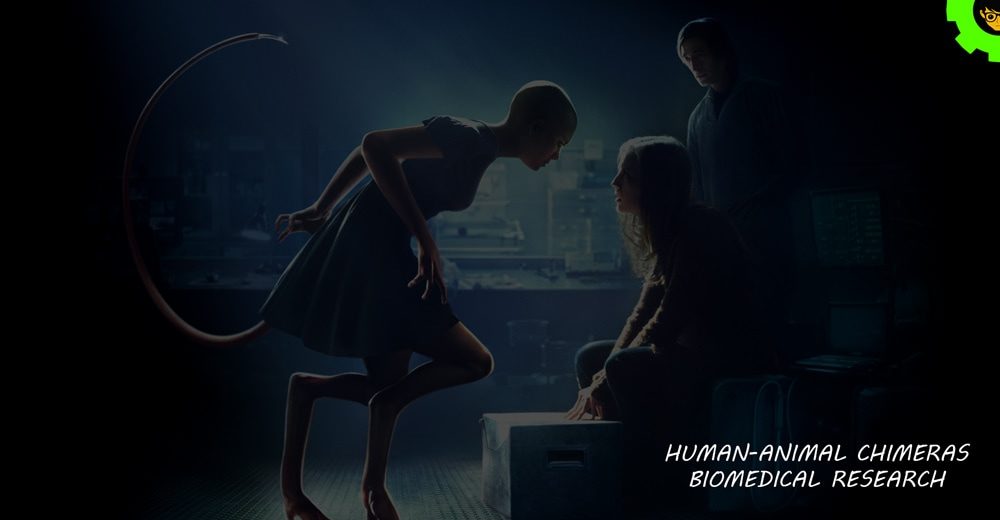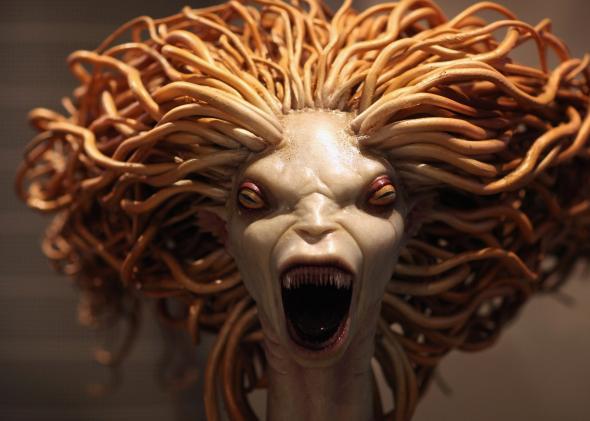
Kansas introduced the Human Chimera Prohibition Act, to classify as. What this shows is that existing research policies and funding guidelines are disconnected from their motivation: the rationale for flagging certain types of human–animal chimeras as requiring special oversight is ignored in execution. for experiments, creating human-animal hybrids, and buying, selling, or patenting. Surprisingly, the sets of animals that actually get flagged for special scrutiny by research and funding guidelines do not correlate with either of the sets of animals that arise when we think about what is motivating additional oversight. Methods: We conducted a systematic review of the ethical literature concerning human-animal chimeras based on the research question: What ethical reasons have been given for or against conducting human-animal chimera research, and how have these reasons been treated in the ongoing. But what is motivating the demand for additional oversight? I locate two, not obviously compatible, motivations, each of which provides the justificatory basis for paying special attention to different sets of human–animal chimeras. academic publications on human-animal chimera research.
#HUMAN ANIMAL CHIMERA CODE#
Of interest are research proposals involving chimeric animals with humanized brains. Human-monkey Last week, researchers led by Spanish scientist Juan Carlos Izpisua Belmonte announced they had created the first human-monkey chimera embryos in China. A chimera is essentially a single organism that's made up of cells from two or more 'individuals'that is, it contains two sets of DNA, with the code to make two separate organisms.

For an overview of the key ethical issues raised by part-human chimera. Photo: Burkhard Hinnersmann / Wikimedia Commons / CC-BY-SA 3.New discoveries are improving the odds of human cells surviving in host animals, prompting regulatory and funding agencies to issue calls for additional layers of ethical oversight for certain types of human–animal chimeras. Chimeras are usually formed by merging human and animal embryos whilst hybrids. Science is wild, isn't it?Ĭheck out these gorgeous photos of chimera animals - because sometimes two is better than one.

In humans, an organ transplant or bone marrow transplant (which sometimes changes an individual's blood type) can cause chimerism. This paper argues that the ISSCR recommendations fail to address the core.
#HUMAN ANIMAL CHIMERA UPDATE#
Another goal is to grow human organs for transplantation. The update includes detailed new recommendations on humananimal chimera research. Not all chimera animals develop from a genetic mutation (though it's a pretty safe bet that your kitty did). Human-monkey chimeras could be created to study parts of the brain, for instance, so we can better understand Alzheimers disease. Sometimes this can actually be the case thanks to modern science. A chimera is an individual composed of cells with different embryonic origins. Pictures of chimera animals often show creatures that looks stitched together - they're literally two individuals merged into one. Sometimes they even have both male and female organs and two blood types. This means that chimera animals have two sets of DNA.

This genetic mutation is one of nature's most beautiful mistakes.Ĭhimera coloring happens when multiple fertilized eggs merge in the womb. A chimera is essentially a single organism that's made up of cells from two or more 'individuals' that is, it contains two sets of DNA, with the code to make two separate organisms. These two-colored animals aren't just uniquely gorgeous - they've got unique DNA. Have you ever seen an image of a cat with a face that is half black and half orange? Those adorable little fur balls are probably one of the most common examples of chimera animals. The first is to introduce the organs of one animal into anothera risky proposition, because the host’s immune system may cause the organ to be rejected.


 0 kommentar(er)
0 kommentar(er)
